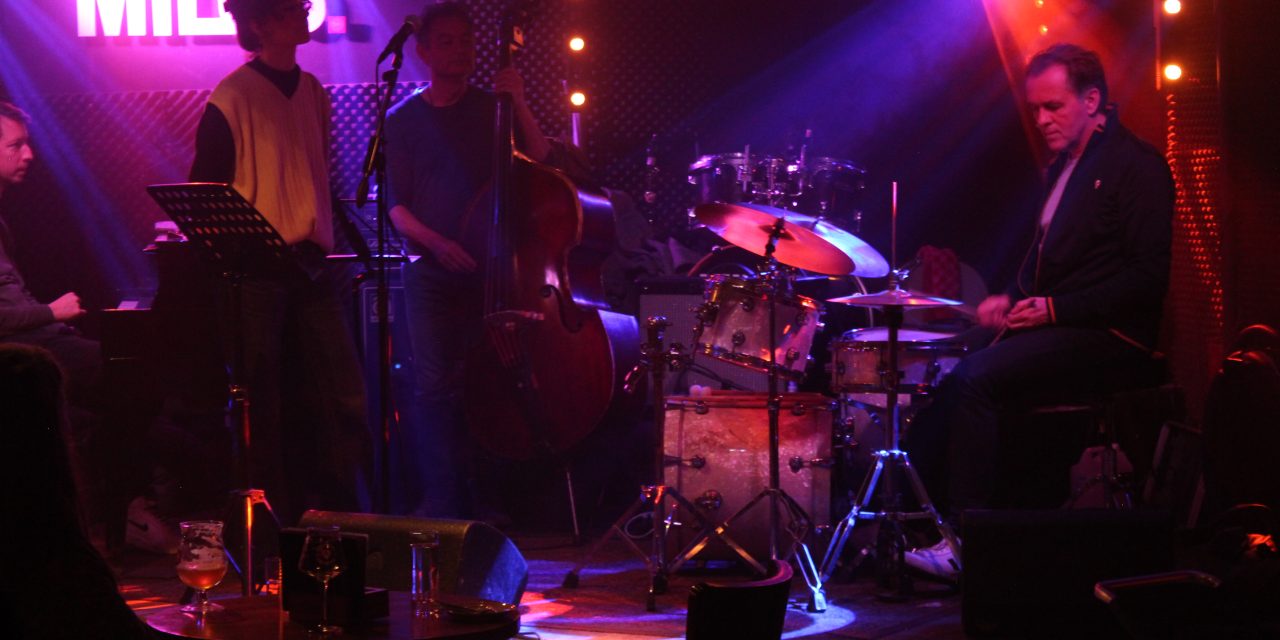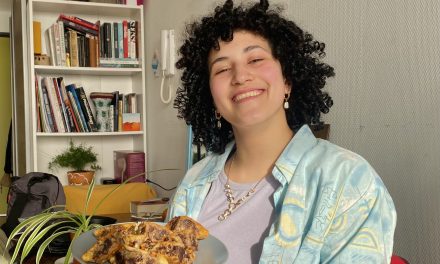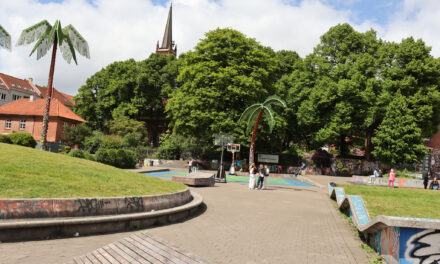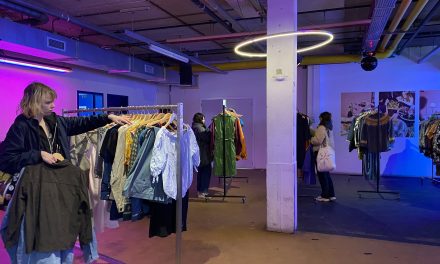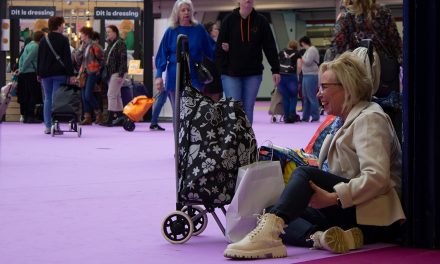What are ’jazz sessies’ ?
Despite the weather, the entrance to Miles Cafe in Amersfoort looks lively. I walk in a during the soundcheck, just a little before Joost Kessalar and his band start playing their opening set. The audience of the regular ‘Jazz Sessies’ at Thursdays is familiar with the repertoire and traditions, therefore every solo or a particularly impressive display of musical abilities are followed with cheering and clapping. Soon enough, I hear the long round of applause at the end of the set, but the audience doesn’t seem to be leaving the cafe. ‘The session is open, first band may come in” announces the host, and those who were ‘audience’ just now are picking up their instruments and walking up the stage, ready to transform into the performers.
“ I think here you have space to actually play with people and have fun with music more than just ‘show off’. Joost does great job hosting the jam, he creates nice environment and wants everyone to play”.
Andrea, jazz student at the Utrecht’s Conservatorium about the sessions at Miles.
Indeed, inviting environment is crucial for a successful ‘ Jazz jam session’. Also referred as ‘jam’, ‘jazz jam session’ is a cultural event, where musicians are coming together to improvise music on spot, usually taking as a basis of such improvisations the songs from the American popular music of the beginning of the 20th century. These songs are referred as ‘standards’. Knowledge of the structures and sound of these ‘standards’ as well as the familiarity with famous renditions of these songs, allows musicians from all over the world to play their own version at their first meeting without any joint preparing, rehearsing or, often, even knowing each others’ names!
Jam sessions are not only entertaining for the people who enjoy the spontaneity and emotionality of jazz improvisation, but also are great learning platform for any beginner musicians for developing their skills . Here the musicians get to try out the songs they have been practicing in front of the audience and their fellow students and teachers. This exposure may suggest different sorts of pressures:
“Still for the jazz sessions I am a little bit less secure. I know there is this feeling of certain standards ‘always being played’, so if I ‘call out’ (suggest to play) these standards, people can think of me in a ‘kind of way’….Some standards are too cliché, everyone always plays Stella (Stella by Starlight composed by Victor Young) and Autumn Leaves (composed by Joseph Kosma)…. But now I am like ‘screw it’! I just gonna call a standard and make something out of it which nobody ever heard before”
Delaney Nelom, recent alumnus , teacher at Utrechts’ Conservatorium.
Besides having the educational value for the beginner musicians, jazz jam sessions at the American jazz clubs in the late 19th/ early 20th century served as meeting points for the ambitious musicians, looking for like-minded collaborators to challenge the music market and become professionals. Many years after, here in the Netherlands this still holds true.
“Actually all of my network started from the jam sessions in Amsterdam. After I played there, I had a lot of gigs. I saw the same people every week and soon they started calling me…” – adds Delaney.
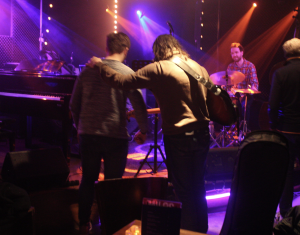
by the end of each song there is excitement. Musicans stand up from the tables and go to ask permission to play.
The important role of jam sessions for those musicians, striving to become professionals, hasn’t been changing since the beginning of this art form, yet, something else in the jazz market seems to be changing , as Toon Roos, experienced and active jazz performer, states:
“In 1984, when I started, there were 60 different jazz venues financially supported by the government in our little country (The Netherlands). What has been really changing in the last 40 years, is not only that the number of venues decreased, but the number of artists that apply for the job exploded. Also due to the schools, of course…”
Toon Roos, jazz saxophonist, composer, teacher at Utrechts’ Conservatorium.
Jazz cafes are not only interesting when established musicians play. Open jazz jam session may entertain in a new way.
